Open Access


Science, volume 325, issue 5941, pages 725-730
Folding DNA into Twisted and Curved Nanoscale Shapes
1
Department of Cancer Biology, Dana-Farber Cancer Institute, Boston, MA 02115, USA.
|
2
Department of Biological Chemistry and Molecular Pharmacology, Harvard Medical School, Boston, MA 02115, USA.
|
3
Wyss Institute for Biologically Inspired Engineering, Harvard University, Cambridge, MA 02138, USA.
|
Publication type: Journal Article
Publication date: 2009-08-06
PubMed ID:
19661424
Multidisciplinary
Abstract
Stressful Self-Assembly One way to control shape during the assembly of an object is to design in stresses that cause a planned amount of deformation. Dietz et al. (p. 725; see the Perspective by Liu and Yan) designed DNA helix bundles, arranged in honeycomb lattices, in which some of the helices have insertions or deletions relative to the other helices in the bundles. The stresses help the bundles assemble into objects on the scale of tens of nanometers. Both the direction and degree of bending could be controlled, and curvatures as tight as 6 nanometers achieved. Complex shapes, such as square-toothed gears, could be created by combining multiple curved elements. Site-directed insertions and deletions of base pairs direct twist and curvature in crystal-like DNA arrays. We demonstrate the ability to engineer complex shapes that twist and curve at the nanoscale from DNA. Through programmable self-assembly, strands of DNA are directed to form a custom-shaped bundle of tightly cross-linked double helices, arrayed in parallel to their helical axes. Targeted insertions and deletions of base pairs cause the DNA bundles to develop twist of either handedness or to curve. The degree of curvature could be quantitatively controlled, and a radius of curvature as tight as 6 nanometers was achieved. We also combined multiple curved elements to build several different types of intricate nanostructures, such as a wireframe beach ball or square-toothed gears.
Citations by journals
|
10
20
30
40
50
60
70
|
|
|
ACS Nano

|

ACS Nano
69 publications, 6.2%
|
|
Journal of the American Chemical Society

|

Journal of the American Chemical Society
56 publications, 5.03%
|
|
Angewandte Chemie

|

Angewandte Chemie
53 publications, 4.76%
|
|
Angewandte Chemie - International Edition

|

Angewandte Chemie - International Edition
53 publications, 4.76%
|
|
Nano Letters

|

Nano Letters
39 publications, 3.5%
|
|
Small

|

Small
38 publications, 3.41%
|
|
Nature Communications

|

Nature Communications
36 publications, 3.23%
|
|
Nucleic Acids Research

|

Nucleic Acids Research
34 publications, 3.05%
|
|
Nanoscale

|

Nanoscale
22 publications, 1.98%
|
|
Nature Nanotechnology

|

Nature Nanotechnology
21 publications, 1.89%
|
|
Chemical Communications

|

Chemical Communications
17 publications, 1.53%
|
|
Advanced Materials

|

Advanced Materials
16 publications, 1.44%
|
|
Science
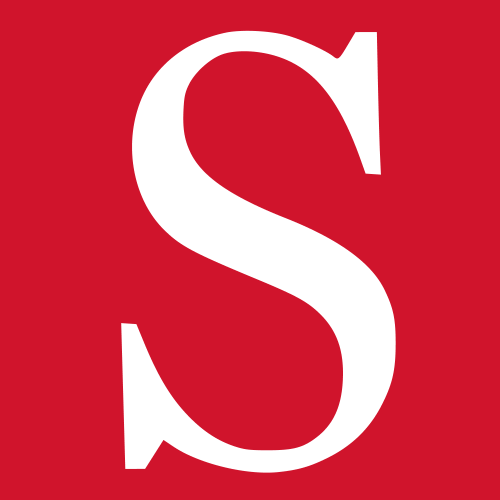
|

Science
16 publications, 1.44%
|
|
Chemical Reviews

|

Chemical Reviews
15 publications, 1.35%
|
|
Methods in Molecular Biology

|

Methods in Molecular Biology
15 publications, 1.35%
|
|
ChemBioChem

|

ChemBioChem
14 publications, 1.26%
|
|
Science advances

|

Science advances
12 publications, 1.08%
|
|
Nature Chemistry

|

Nature Chemistry
10 publications, 0.9%
|
|
Scientific Reports

|

Scientific Reports
9 publications, 0.81%
|
|
Nature

|

Nature
8 publications, 0.72%
|
|
Advanced healthcare materials

|

Advanced healthcare materials
8 publications, 0.72%
|
|
Chemistry - A European Journal

|

Chemistry - A European Journal
8 publications, 0.72%
|
|
Langmuir

|

Langmuir
8 publications, 0.72%
|
|
Journal of Chemical Physics

|

Journal of Chemical Physics
7 publications, 0.63%
|
|
Nanotechnology

|

Nanotechnology
7 publications, 0.63%
|
|
Chemical Society Reviews

|

Chemical Society Reviews
7 publications, 0.63%
|
|
Soft Matter

|

Soft Matter
7 publications, 0.63%
|
|
Advanced Functional Materials

|

Advanced Functional Materials
6 publications, 0.54%
|
|
Molecules

|

Molecules
6 publications, 0.54%
|
|
10
20
30
40
50
60
70
|
Citations by publishers
|
50
100
150
200
250
300
|
|
|
Wiley

|

Wiley
252 publications, 22.64%
|
|
American Chemical Society (ACS)

|

American Chemical Society (ACS)
238 publications, 21.38%
|
|
Springer Nature

|

Springer Nature
171 publications, 15.36%
|
|
Royal Society of Chemistry (RSC)

|

Royal Society of Chemistry (RSC)
83 publications, 7.46%
|
|
Elsevier

|

Elsevier
61 publications, 5.48%
|
|
Oxford University Press

|

Oxford University Press
34 publications, 3.05%
|
|
Multidisciplinary Digital Publishing Institute (MDPI)

|

Multidisciplinary Digital Publishing Institute (MDPI)
29 publications, 2.61%
|
|
American Association for the Advancement of Science (AAAS)

|

American Association for the Advancement of Science (AAAS)
28 publications, 2.52%
|
|
IOP Publishing

|

IOP Publishing
17 publications, 1.53%
|
|
American Institute of Physics (AIP)

|

American Institute of Physics (AIP)
9 publications, 0.81%
|
|
American Physical Society (APS)

|

American Physical Society (APS)
8 publications, 0.72%
|
|
Taylor & Francis

|

Taylor & Francis
7 publications, 0.63%
|
|
Frontiers Media S.A.

|

Frontiers Media S.A.
6 publications, 0.54%
|
|
Annual Reviews
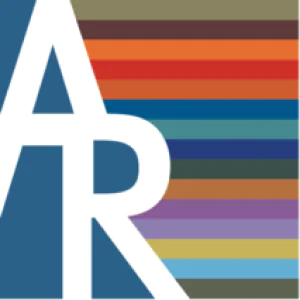
|

Annual Reviews
6 publications, 0.54%
|
|
Bentham Science

|

Bentham Science
5 publications, 0.45%
|
|
The Royal Society

|

The Royal Society
5 publications, 0.45%
|
|
Biophysical Society
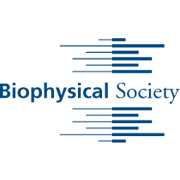
|

Biophysical Society
4 publications, 0.36%
|
|
Public Library of Science (PLoS)
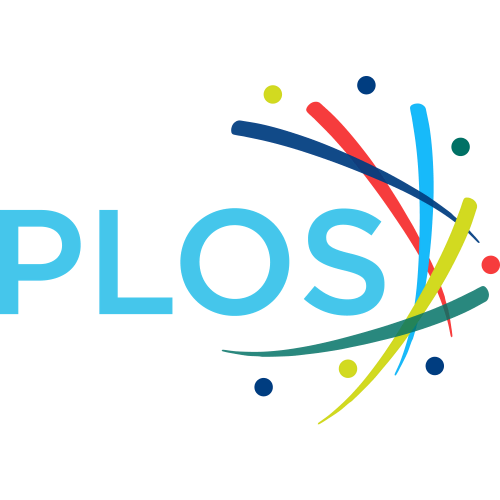
|

Public Library of Science (PLoS)
4 publications, 0.36%
|
|
Proceedings of the National Academy of Sciences (PNAS)
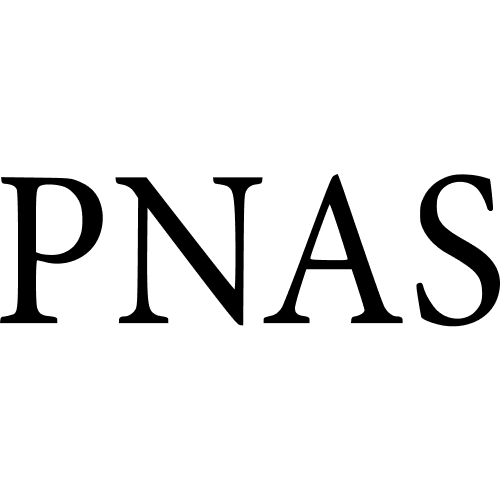
|

Proceedings of the National Academy of Sciences (PNAS)
4 publications, 0.36%
|
|
ASME
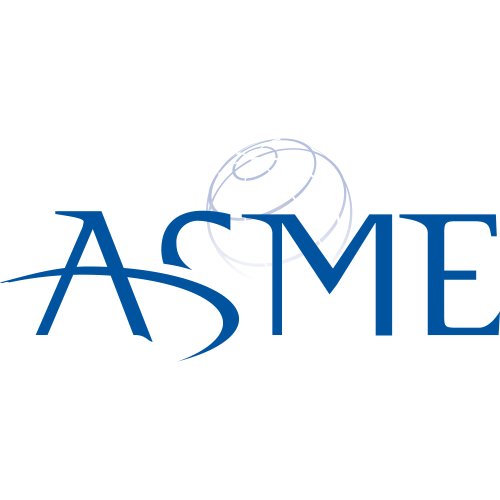
|

ASME
3 publications, 0.27%
|
|
The Chemical Society of Japan
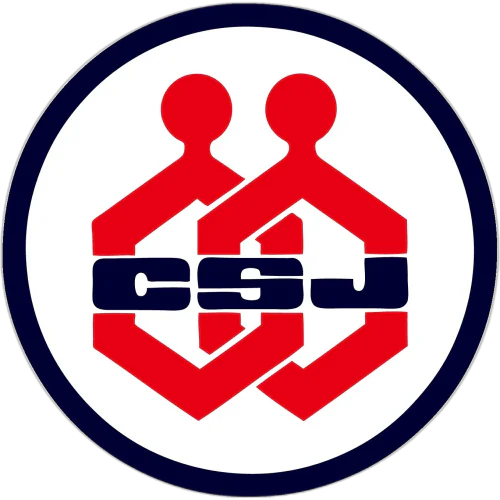
|

The Chemical Society of Japan
3 publications, 0.27%
|
|
Cambridge University Press
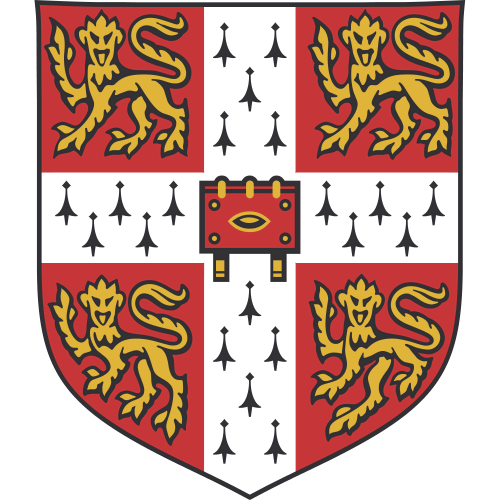
|

Cambridge University Press
3 publications, 0.27%
|
|
Hindawi Limited

|

Hindawi Limited
3 publications, 0.27%
|
|
Pleiades Publishing

|

Pleiades Publishing
2 publications, 0.18%
|
|
Walter de Gruyter
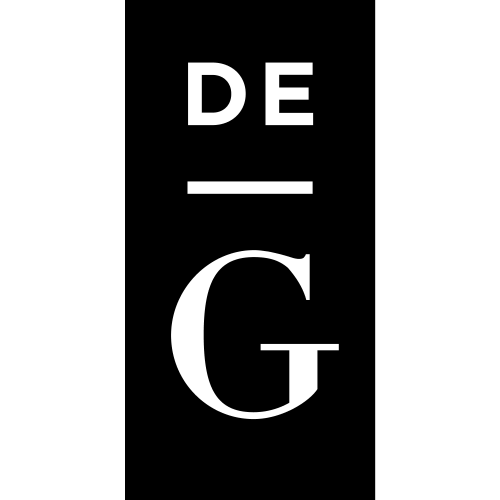
|

Walter de Gruyter
2 publications, 0.18%
|
|
Copernicus

|

Copernicus
1 publication, 0.09%
|
|
EDP Sciences
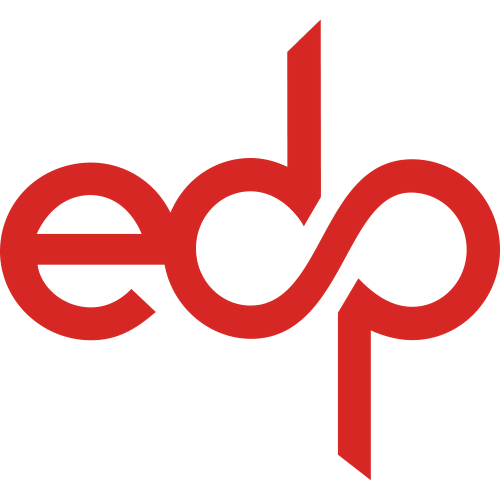
|

EDP Sciences
1 publication, 0.09%
|
|
Future Medicine

|

Future Medicine
1 publication, 0.09%
|
|
International Union of Crystallography (IUCr)
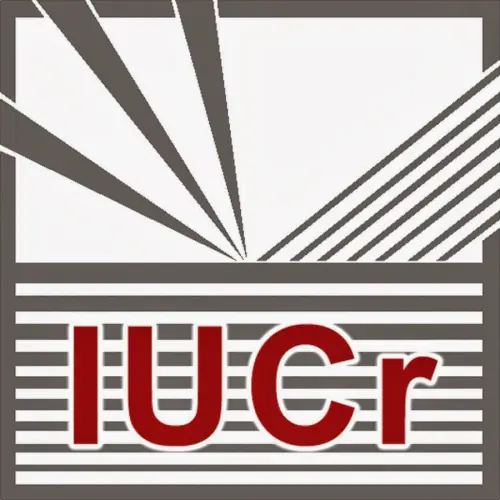
|

International Union of Crystallography (IUCr)
1 publication, 0.09%
|
|
50
100
150
200
250
300
|
- We do not take into account publications that without a DOI.
- Statistics recalculated only for publications connected to researchers, organizations and labs registered on the platform.
- Statistics recalculated weekly.
{"yearsCitations":{"type":"bar","data":{"show":true,"labels":[2009,2010,2011,2012,2013,2014,2015,2016,2017,2018,2019,2020,2021,2022,2023,2024],"ids":[0,0,0,0,0,0,0,0,0,0,0,0,0,0,0,0],"codes":[0,0,0,0,0,0,0,0,0,0,0,0,0,0,0,0],"imageUrls":["","","","","","","","","","","","","","","",""],"datasets":[{"label":"Citations number","data":[9,41,68,70,69,75,76,79,82,80,91,78,103,96,87,9],"backgroundColor":["#3B82F6","#3B82F6","#3B82F6","#3B82F6","#3B82F6","#3B82F6","#3B82F6","#3B82F6","#3B82F6","#3B82F6","#3B82F6","#3B82F6","#3B82F6","#3B82F6","#3B82F6","#3B82F6"],"percentage":["0.81","3.68","6.11","6.29","6.2","6.74","6.83","7.1","7.37","7.19","8.18","7.01","9.25","8.63","7.82","0.81"],"barThickness":null}]},"options":{"indexAxis":"x","maintainAspectRatio":true,"scales":{"y":{"ticks":{"precision":0,"autoSkip":false,"font":{"family":"Montserrat"},"color":"#000000"}},"x":{"ticks":{"stepSize":1,"precision":0,"font":{"family":"Montserrat"},"color":"#000000"}}},"plugins":{"legend":{"position":"top","labels":{"font":{"family":"Montserrat"},"color":"#000000"}},"title":{"display":true,"text":"Citations per year","font":{"size":24,"family":"Montserrat","weight":600},"color":"#000000"}}}},"journals":{"type":"bar","data":{"show":true,"labels":["ACS Nano","Journal of the American Chemical Society","Angewandte Chemie","Angewandte Chemie - International Edition","Nano Letters","Small","Nature Communications","Nucleic Acids Research","Nanoscale","Nature Nanotechnology","Chemical Communications","Advanced Materials","Science","Chemical Reviews","Methods in Molecular Biology","ChemBioChem","Science advances","Nature Chemistry","Scientific Reports","Nature","Advanced healthcare materials","Chemistry - A European Journal","Langmuir","Journal of Chemical Physics","Nanotechnology","Chemical Society Reviews","Soft Matter","Advanced Functional Materials","Molecules"],"ids":[8724,4813,25450,19215,10312,9872,3231,23904,228,337,9073,25159,7711,13718,3516,12154,23003,17228,13767,14611,21975,24708,19601,544,16187,20586,15507,7715,1770],"codes":[0,0,0,0,0,0,0,0,0,0,0,0,0,0,0,0,0,0,0,0,0,0,0,0,0,0,0,0,0],"imageUrls":["\/storage\/images\/resized\/iLiQsFqFaSEx6chlGQ5fbAwF6VYU3WWa08hkss0g_medium.webp","\/storage\/images\/resized\/iLiQsFqFaSEx6chlGQ5fbAwF6VYU3WWa08hkss0g_medium.webp","\/storage\/images\/resized\/bRyGpdm98BkAUYiK1YFNpl5Z7hPu6Gd87gbIeuG3_medium.webp","\/storage\/images\/resized\/bRyGpdm98BkAUYiK1YFNpl5Z7hPu6Gd87gbIeuG3_medium.webp","\/storage\/images\/resized\/iLiQsFqFaSEx6chlGQ5fbAwF6VYU3WWa08hkss0g_medium.webp","\/storage\/images\/resized\/bRyGpdm98BkAUYiK1YFNpl5Z7hPu6Gd87gbIeuG3_medium.webp","\/storage\/images\/resized\/voXLqlsvTwv5p3iMQ8Dhs95nqB4AXOG7Taj7G4ra_medium.webp","\/storage\/images\/resized\/yNSijlgQghQF53VZuyFLA30CKDe4j3HK74Vtpnxa_medium.webp","\/storage\/images\/resized\/leiAYcRDGTSl5B1eCnwpSGqmDEUEfDPPoYisFGhT_medium.webp","\/storage\/images\/resized\/voXLqlsvTwv5p3iMQ8Dhs95nqB4AXOG7Taj7G4ra_medium.webp","\/storage\/images\/resized\/leiAYcRDGTSl5B1eCnwpSGqmDEUEfDPPoYisFGhT_medium.webp","\/storage\/images\/resized\/bRyGpdm98BkAUYiK1YFNpl5Z7hPu6Gd87gbIeuG3_medium.webp","\/storage\/images\/resized\/s10mcsCV4OAUg9O2KrqOquQC0PhyLMI8hUUkuflM_medium.webp","\/storage\/images\/resized\/iLiQsFqFaSEx6chlGQ5fbAwF6VYU3WWa08hkss0g_medium.webp","\/storage\/images\/resized\/voXLqlsvTwv5p3iMQ8Dhs95nqB4AXOG7Taj7G4ra_medium.webp","\/storage\/images\/resized\/bRyGpdm98BkAUYiK1YFNpl5Z7hPu6Gd87gbIeuG3_medium.webp","\/storage\/images\/resized\/s10mcsCV4OAUg9O2KrqOquQC0PhyLMI8hUUkuflM_medium.webp","\/storage\/images\/resized\/voXLqlsvTwv5p3iMQ8Dhs95nqB4AXOG7Taj7G4ra_medium.webp","\/storage\/images\/resized\/voXLqlsvTwv5p3iMQ8Dhs95nqB4AXOG7Taj7G4ra_medium.webp","\/storage\/images\/resized\/voXLqlsvTwv5p3iMQ8Dhs95nqB4AXOG7Taj7G4ra_medium.webp","\/storage\/images\/resized\/bRyGpdm98BkAUYiK1YFNpl5Z7hPu6Gd87gbIeuG3_medium.webp","\/storage\/images\/resized\/bRyGpdm98BkAUYiK1YFNpl5Z7hPu6Gd87gbIeuG3_medium.webp","\/storage\/images\/resized\/iLiQsFqFaSEx6chlGQ5fbAwF6VYU3WWa08hkss0g_medium.webp","\/storage\/images\/resized\/ARM4e6URKRsbRZvIF0vFis9DjxGloBjnBYJXbHmZ_medium.webp","\/storage\/images\/resized\/LsKy6OnmmmRGcAU6CZgWQvNiP1polbaSLNrN7zqj_medium.webp","\/storage\/images\/resized\/leiAYcRDGTSl5B1eCnwpSGqmDEUEfDPPoYisFGhT_medium.webp","\/storage\/images\/resized\/leiAYcRDGTSl5B1eCnwpSGqmDEUEfDPPoYisFGhT_medium.webp","\/storage\/images\/resized\/bRyGpdm98BkAUYiK1YFNpl5Z7hPu6Gd87gbIeuG3_medium.webp","\/storage\/images\/resized\/MjH1ITP7lMYGxeqUZfkt2BnVLgjkk413jwBV97XX_medium.webp"],"datasets":[{"label":"","data":[69,56,53,53,39,38,36,34,22,21,17,16,16,15,15,14,12,10,9,8,8,8,8,7,7,7,7,6,6],"backgroundColor":["#3B82F6","#3B82F6","#3B82F6","#3B82F6","#3B82F6","#3B82F6","#3B82F6","#3B82F6","#3B82F6","#3B82F6","#3B82F6","#3B82F6","#3B82F6","#3B82F6","#3B82F6","#3B82F6","#3B82F6","#3B82F6","#3B82F6","#3B82F6","#3B82F6","#3B82F6","#3B82F6","#3B82F6","#3B82F6","#3B82F6","#3B82F6","#3B82F6","#3B82F6"],"percentage":[6.2,5.03,4.76,4.76,3.5,3.41,3.23,3.05,1.98,1.89,1.53,1.44,1.44,1.35,1.35,1.26,1.08,0.9,0.81,0.72,0.72,0.72,0.72,0.63,0.63,0.63,0.63,0.54,0.54],"barThickness":13}]},"options":{"indexAxis":"y","maintainAspectRatio":false,"scales":{"y":{"ticks":{"precision":0,"autoSkip":false,"font":{"family":"Montserrat"},"color":"#000000"}},"x":{"ticks":{"stepSize":null,"precision":0,"font":{"family":"Montserrat"},"color":"#000000"}}},"plugins":{"legend":{"position":"top","labels":{"font":{"family":"Montserrat"},"color":"#000000"}},"title":{"display":true,"text":"Journals","font":{"size":24,"family":"Montserrat","weight":600},"color":"#000000"}}}},"publishers":{"type":"bar","data":{"show":true,"labels":["Wiley","American Chemical Society (ACS)","Springer Nature","Royal Society of Chemistry (RSC)","Elsevier","Oxford University Press","Multidisciplinary Digital Publishing Institute (MDPI)","American Association for the Advancement of Science (AAAS)","IOP Publishing","American Institute of Physics (AIP)","American Physical Society (APS)","Taylor & Francis","Frontiers Media S.A.","Annual Reviews","Bentham Science","The Royal Society","Biophysical Society","Public Library of Science (PLoS)","Proceedings of the National Academy of Sciences (PNAS)","ASME","The Chemical Society of Japan","Cambridge University Press","Hindawi Limited","Pleiades Publishing","Walter de Gruyter","Copernicus","EDP Sciences","Future Medicine","International Union of Crystallography (IUCr)"],"ids":[11,40,8,123,17,19,202,189,2075,250,1539,18,208,6941,39,259,1454,344,162,6977,6950,1,6921,101,4,3207,76,6949,730],"codes":[0,0,0,0,0,0,0,0,0,0,0,0,0,0,0,0,0,0,0,0,0,0,0,0,0,0,0,0,0],"imageUrls":["\/storage\/images\/resized\/bRyGpdm98BkAUYiK1YFNpl5Z7hPu6Gd87gbIeuG3_medium.webp","\/storage\/images\/resized\/iLiQsFqFaSEx6chlGQ5fbAwF6VYU3WWa08hkss0g_medium.webp","\/storage\/images\/resized\/voXLqlsvTwv5p3iMQ8Dhs95nqB4AXOG7Taj7G4ra_medium.webp","\/storage\/images\/resized\/leiAYcRDGTSl5B1eCnwpSGqmDEUEfDPPoYisFGhT_medium.webp","\/storage\/images\/resized\/GDnYOu1UpMMfMMRV6Aqle4H0YLLsraeD9IP9qScG_medium.webp","\/storage\/images\/resized\/yNSijlgQghQF53VZuyFLA30CKDe4j3HK74Vtpnxa_medium.webp","\/storage\/images\/resized\/MjH1ITP7lMYGxeqUZfkt2BnVLgjkk413jwBV97XX_medium.webp","\/storage\/images\/resized\/s10mcsCV4OAUg9O2KrqOquQC0PhyLMI8hUUkuflM_medium.webp","\/storage\/images\/resized\/LsKy6OnmmmRGcAU6CZgWQvNiP1polbaSLNrN7zqj_medium.webp","\/storage\/images\/resized\/ARM4e6URKRsbRZvIF0vFis9DjxGloBjnBYJXbHmZ_medium.webp","\/storage\/images\/resized\/nrK64iXHTzj43wMrfN1ZoUQ0vanswGzWPN45K3jA_medium.webp","\/storage\/images\/resized\/5YZtvLvkPZuc2JHOaZsjCvGSHFCuC3drUwN3YAc5_medium.webp","\/storage\/images\/resized\/4QWA67eqfcfyOiA8Wk7YnqroHFqQbTsmDJUYTCTg_medium.webp","\/storage\/images\/resized\/A7oGMwx1m3fFJlKJvQUVra8h0itmEa7JZW0q3Q0b_medium.webp","\/storage\/images\/resized\/doUaFUZdxUEQjLi1TwZjGHi8HXYNWWSk04dSC6Xh_medium.webp","\/storage\/images\/resized\/BHBStD1OkQqtKFRRjS5njgNe7bXCAEgaDQVK7GTA_medium.webp","\/storage\/images\/resized\/Bmz9XNb2QDptmPTa5N8huM54tShVewUj8fZqKFRy_medium.webp","\/storage\/images\/resized\/PRGhlgB4OKRltSNtT39eA6wlnOTGRap1QQ6FQHih_medium.webp","\/storage\/images\/resized\/mxFdPe9qujsfvfYfcN0QOclAiYORFb0xrRlwV8gs_medium.webp","\/storage\/images\/resized\/yKbGpvfNleUTiwBfKt4XcIFlZMo3HgWv1KKVqn4g_medium.webp","\/storage\/images\/resized\/ktSZPrGjOMvauY6mn7jk8bqo3Af0S6abv653w90B_medium.webp","\/storage\/images\/resized\/cF81zWlLdkmYekymGuDcSdvgBGNKaIDoMoeJtHS1_medium.webp","\/storage\/images\/resized\/hqfzhQAjTGlNSRs6yzFNITgjSMm9Jr2QuotJHIvE_medium.webp","\/storage\/images\/resized\/oZgeErrVFhuDksyqFURLvYS1wtVSBWczh001igGo_medium.webp","\/storage\/images\/resized\/3SpVxcYL33bOvPq4sHxJLH2NeKNeDloahSUpNiO4_medium.webp","\/storage\/images\/resized\/cxBZptDQQvWgQeXj5GoTXDfgUEoGVvFgpDRctnDr_medium.webp","\/storage\/images\/resized\/7GcDgL5Sa2zewDk4sRy4fs0GznbYZIsSV9wqMs28_medium.webp","\/storage\/images\/resized\/AN2jnDN59NmKaS4CWLHAGstADL2DbnatQScsFA6C_medium.webp","\/storage\/images\/resized\/xG3oC19920mmFVqkoVEGKGaMCeoalzyvWxPkVox5_medium.webp"],"datasets":[{"label":"","data":[252,238,171,83,61,34,29,28,17,9,8,7,6,6,5,5,4,4,4,3,3,3,3,2,2,1,1,1,1],"backgroundColor":["#3B82F6","#3B82F6","#3B82F6","#3B82F6","#3B82F6","#3B82F6","#3B82F6","#3B82F6","#3B82F6","#3B82F6","#3B82F6","#3B82F6","#3B82F6","#3B82F6","#3B82F6","#3B82F6","#3B82F6","#3B82F6","#3B82F6","#3B82F6","#3B82F6","#3B82F6","#3B82F6","#3B82F6","#3B82F6","#3B82F6","#3B82F6","#3B82F6","#3B82F6"],"percentage":[22.64,21.38,15.36,7.46,5.48,3.05,2.61,2.52,1.53,0.81,0.72,0.63,0.54,0.54,0.45,0.45,0.36,0.36,0.36,0.27,0.27,0.27,0.27,0.18,0.18,0.09,0.09,0.09,0.09],"barThickness":13}]},"options":{"indexAxis":"y","maintainAspectRatio":false,"scales":{"y":{"ticks":{"precision":0,"autoSkip":false,"font":{"family":"Montserrat"},"color":"#000000"}},"x":{"ticks":{"stepSize":null,"precision":0,"font":{"family":"Montserrat"},"color":"#000000"}}},"plugins":{"legend":{"position":"top","labels":{"font":{"family":"Montserrat"},"color":"#000000"}},"title":{"display":true,"text":"Publishers","font":{"size":24,"family":"Montserrat","weight":600},"color":"#000000"}}}}}
Metrics
Cite this
GOST |
RIS |
BibTex |
MLA
Cite this
GOST
Copy
Dietz H. et al. Folding DNA into Twisted and Curved Nanoscale Shapes // Science. 2009. Vol. 325. No. 5941. pp. 725-730.
GOST all authors (up to 50)
Copy
Dietz H., Douglas S. M., Shih W. M. Folding DNA into Twisted and Curved Nanoscale Shapes // Science. 2009. Vol. 325. No. 5941. pp. 725-730.
Cite this
RIS
Copy
TY - JOUR
DO - 10.1126/science.1174251
UR - https://doi.org/10.1126%2Fscience.1174251
TI - Folding DNA into Twisted and Curved Nanoscale Shapes
T2 - Science
AU - Dietz, Hendrik
AU - Douglas, Shawn M
AU - Shih, William M
PY - 2009
DA - 2009/08/06 00:00:00
PB - American Association for the Advancement of Science (AAAS)
SP - 725-730
IS - 5941
VL - 325
PMID - 19661424
SN - 0036-8075
SN - 1095-9203
ER -
Cite this
BibTex
Copy
@article{2009_Dietz,
author = {Hendrik Dietz and Shawn M Douglas and William M Shih},
title = {Folding DNA into Twisted and Curved Nanoscale Shapes},
journal = {Science},
year = {2009},
volume = {325},
publisher = {American Association for the Advancement of Science (AAAS)},
month = {aug},
url = {https://doi.org/10.1126%2Fscience.1174251},
number = {5941},
pages = {725--730},
doi = {10.1126/science.1174251}
}
Cite this
MLA
Copy
Dietz, Hendrik, et al. “Folding DNA into Twisted and Curved Nanoscale Shapes.” Science, vol. 325, no. 5941, Aug. 2009, pp. 725-730. https://doi.org/10.1126%2Fscience.1174251.
